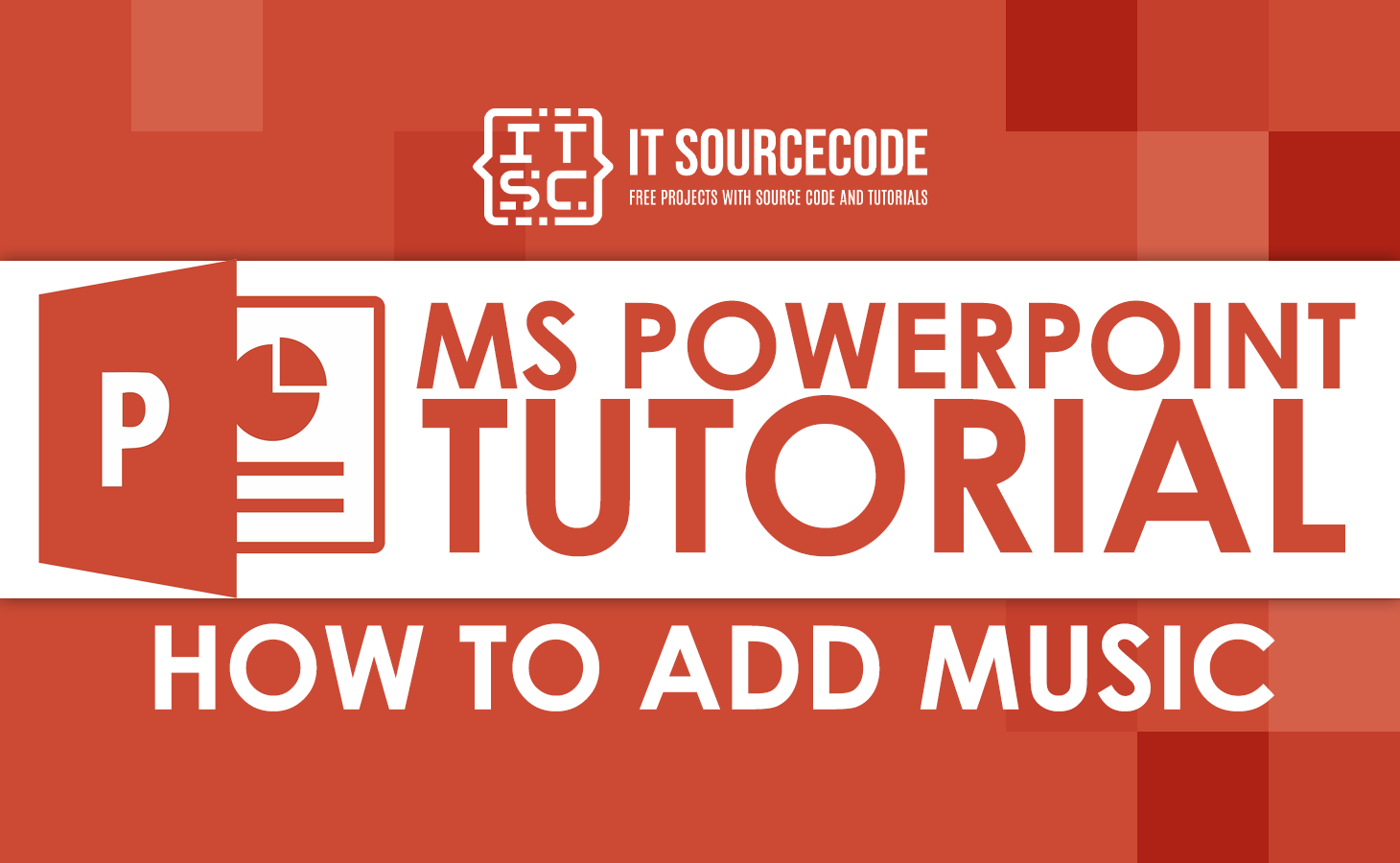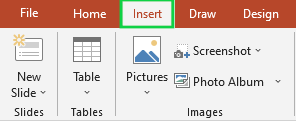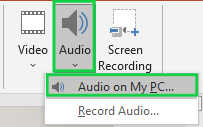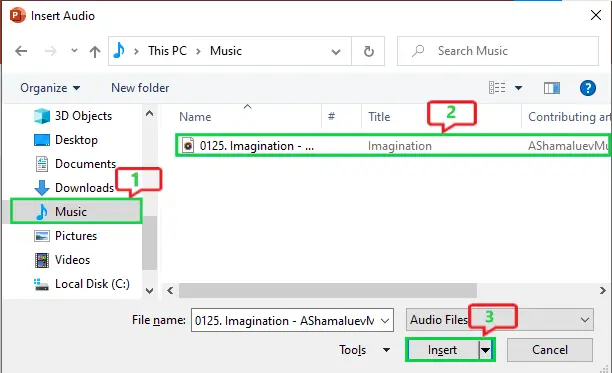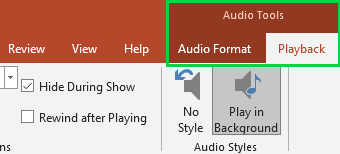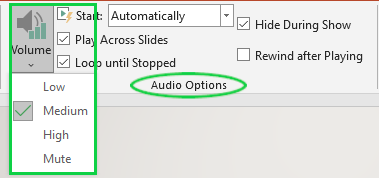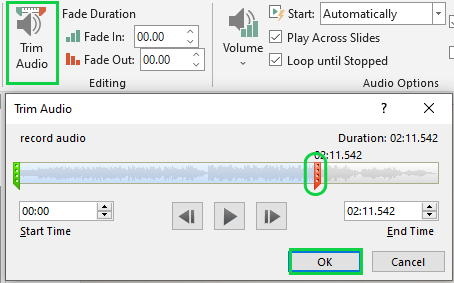As a presenter, you want to get the right mood and keep your audience entertained during the presentation. One way to do this is by adding music to your PowerPoint presentation. Whether it’s background music or sound effects, music can enhance your presentation and make it more memorable.
In this article, we’ll show you how to add music to a PowerPoint presentation step-by-step. We’ll cover the different ways to add music, including how to embed music from an online source or add a music file from your computer.
We’ll also discuss some best practices for adding music to your presentation, including how to choose the right type of music and how to adjust the music settings.
Adding Audio from your Computer
You can easily add audio from your computer to a PowerPoint presentation using the following steps:
- Open your PowerPoint presentation and go to the slide where you want to add the audio.
- Click on the “Insert” tab in the top menu.

- Click on the “Audio” button and select “Audio on my PC” from the dropdown menu.

- Navigate to the folder on your computer where the audio file is saved and select it.

- Once the audio file is uploaded, you will see an audio icon on the slide. You can move and resize the icon as desired.

- You can also customize the audio by clicking on the “Playback” tab in the top menu.
Here, you can set options such as when the audio should start and stop, whether it should play automatically or on click, and more.

- Preview your slide to make sure the audio is working properly.

That’s it! Your audio file is now embedded in your PowerPoint presentation.
Recording Audio from PowerPoint
You can record audio directly within PowerPoint to accompany your presentation using the following steps:
- Open your PowerPoint presentation and go to the slide where you want to add audio.
- Click on the “Insert” tab in the top menu.
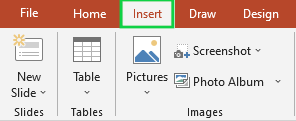
- Click on the “Audio” button and select “Record Audio” from the dropdown menu.

- In the “Record Sound” dialog box, give your audio file a name and click on the “Record” button to begin recording.
- When you’re done recording, click on the “Stop” button.
- You can then listen to your recording by clicking on the “Play” button.
- Click on the “OK” button to add the recording to your slide.
- You will see an audio icon on the slide. You can move and resize the icon as desired.
- You can also customize the audio by clicking on the “Playback” tab in the top menu. Here, you can set options such as when the audio should start and stop, whether it should play automatically or on click, and more.
- Preview your slide to make sure the audio is working properly.
That’s it! You’ve successfully recorded and added audio to your PowerPoint presentation.
Editing Audio
You can edit audio files directly within PowerPoint using the following steps:
- Click on the audio icon on the slide to select it.
- You will see the “Audio Tools Playback” tab appear in the top menu. Click on this tab.
- In the “Audio Options” section, you can adjust the volume of the audio by dragging the volume slider left or right.
- You can also trim the audio file by clicking on the “Trim Audio” button. This will bring up a dialog box where you can select the portion of the audio file that you want to keep. Simply drag the sliders to adjust the start and end times of the audio, and then click on the “OK” button.
- If you want to add fade-in or fade-out effects to the audio, click on the “Fade In” or “Fade Out” buttons in the “Editing Group” section. You can adjust the length of the fade by clicking the number picker up or down.
- If you want to remove the audio from the slide, click on the “Delete” button in the “Audio Options” section.
- That’s it! With these simple editing video steps, you can now have edited audio in your presentations.
Adding Music from YouTube
To add music from YouTube to a project or presentation, you can use a YouTube to MP3 converter to download the audio file of the music and then import it into your project.
Here are the steps to download music from YouTube using a converter:
- Find the video on YouTube that has the music you want to use.
- Copy the video’s URL from the address bar at the top of your web browser.
- Go to a YouTube to MP3 converter website, such as ytmp3.cc or convert2mp3.net.
- Paste the video’s URL into the converter’s search bar.
- Select the quality of the MP3 file you want to download.
- Click the “Convert” button to start the conversion process.
- Wait for the converter to finish converting the video into an MP3 file. This may take a few minutes, depending on the length of the video.
- Once the conversion is complete, click the “Download” button to save the MP3 file to your computer.
- Import the MP3 file into your project or presentation using the appropriate software, such as a video editing program or presentation software.
- NOTE: Downloading copyrighted music without permission may be illegal in some countries, so be sure to check your local laws before downloading any music.
There you have it! You’ve successfully added music from Youtube to your PowerPoint presentation.
Conclusion
In conclusion, Adding music to your PowerPoint presentation can make it more engaging and effective. Follow the steps outlined in this guide to add music to your PowerPoint presentation.
Remember to choose the right music that aligns with your message and the theme of your presentation. With a little bit of effort, you can create a memorable presentation that your audience will remember for a long time.
If you like these types of tutorials, we also have How to Add Pictures to PowerPoint In Different Ways.
Anyway, for more educational articles like this feel free to visit our website. Thank you for reading 🙂

